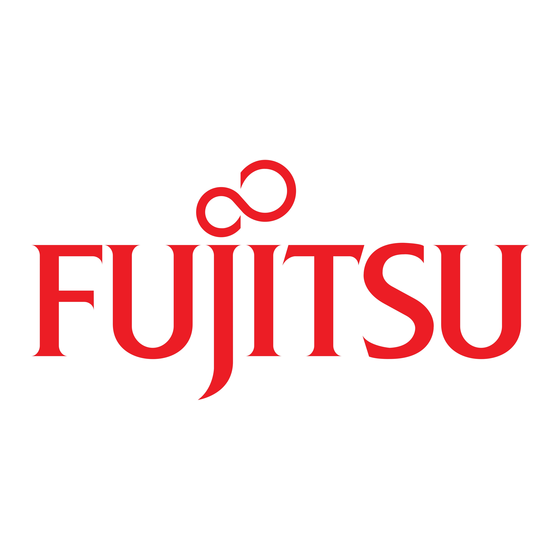Fujitsu ScanPartner 15C Manual de actualización - Página 3
Navegue en línea o descargue pdf Manual de actualización para Escáner Fujitsu ScanPartner 15C. Fujitsu ScanPartner 15C 6 páginas. Image scanner
También para Fujitsu ScanPartner 15C: Manual del usuario (23 páginas), Especificaciones (2 páginas), Manual del usuario (26 páginas), Instrucciones de limpieza y sustitución de consumibles (7 páginas), Procedimientos de instalación (5 páginas)

year, and the direct savings will continue every year thereafter. In more personal terms,
users will enjoy their own increased productivity and the removal of the drudgery of
flatbed scanning. In the strategic view, the entire workgroup will have increased capacity
to respond to peak scanning demands, such as scanning 100 pages in less than seven
minutes rather than almost the hour it would take to do the job on a flatbed. Enhanced
productivity leads to wider use and reliance on imaging, improving the entire business
process.
Enhancing Productivity with Image Flow
The Fujitsu ScanPartner 15C offers automated image processing with Image Flow,
integrated in Eastman's Imaging for Windows Professional Edition. Image Flow turns
multi-step tasks into one-step operations, such as Scan and File, Scan and Print, Scan
and Print to Color, Scan and Send. These features allow the ScanPartner 15C to perform
as a high-powered multi-function device.
The intuitively easy to use Flow Wizard lets users tailor the various features of Capture,
Process and Output to automate everyday imaging applications. For example, a typical
flow might include the following steps:
1. Capture:
Scan all pages in feeder at 300 dpi, binary;
2. Process:
Perform OCR and retain all formatting;
3. Output:
Create an MS Word file in RTF format.
The Image Flow example above will automatically scan any number of pages through the
ADF, use Xerox TextBridge to perform OCR with the user's chosen options, and output
a file according to the user's specifications. Similar automation can be applied to all
repetitive business tasks, vastly reducing manual labor and improving overall efficiency.
Workgroups: From Small Businesses to Departments in the Enterprise
Workgroups may be defined as groups of users in small business offices, or small-to-
medium departments within global corporate enterprises. The first generation of scanners
deployed in these offices have typically been the general purpose flatbed scanners that
are available in computer stores and mainstream outlets. These scanners are slow and
labor-intensive, causing users to spend far more time than necessary to digitize
documents.
Since 79% of these scanners are being used for document imaging applications, many of
the specialized features such as photo scanning for desktop publication are never used.
On the other hand, these business users are losing time with less productive scanners. For
a small increase in investment these offices can vastly improve their productivity, thereby
reducing their greatest cost component, namely labor costs.
It is easy to visualize the time savings that a fast, automatic scanner offers over a typical
flatbed scanner. With a modern workgroup scanner like the Fujitsu ScanPartner 15C, a
user can put a stack of up to 50 pages into the feeder, and they will be rapidly scanned,
digitized and stored in final form. This is the kind of performance that office workers
demand of their copiers and printers, so it is to be expected that scanners should upgrade
